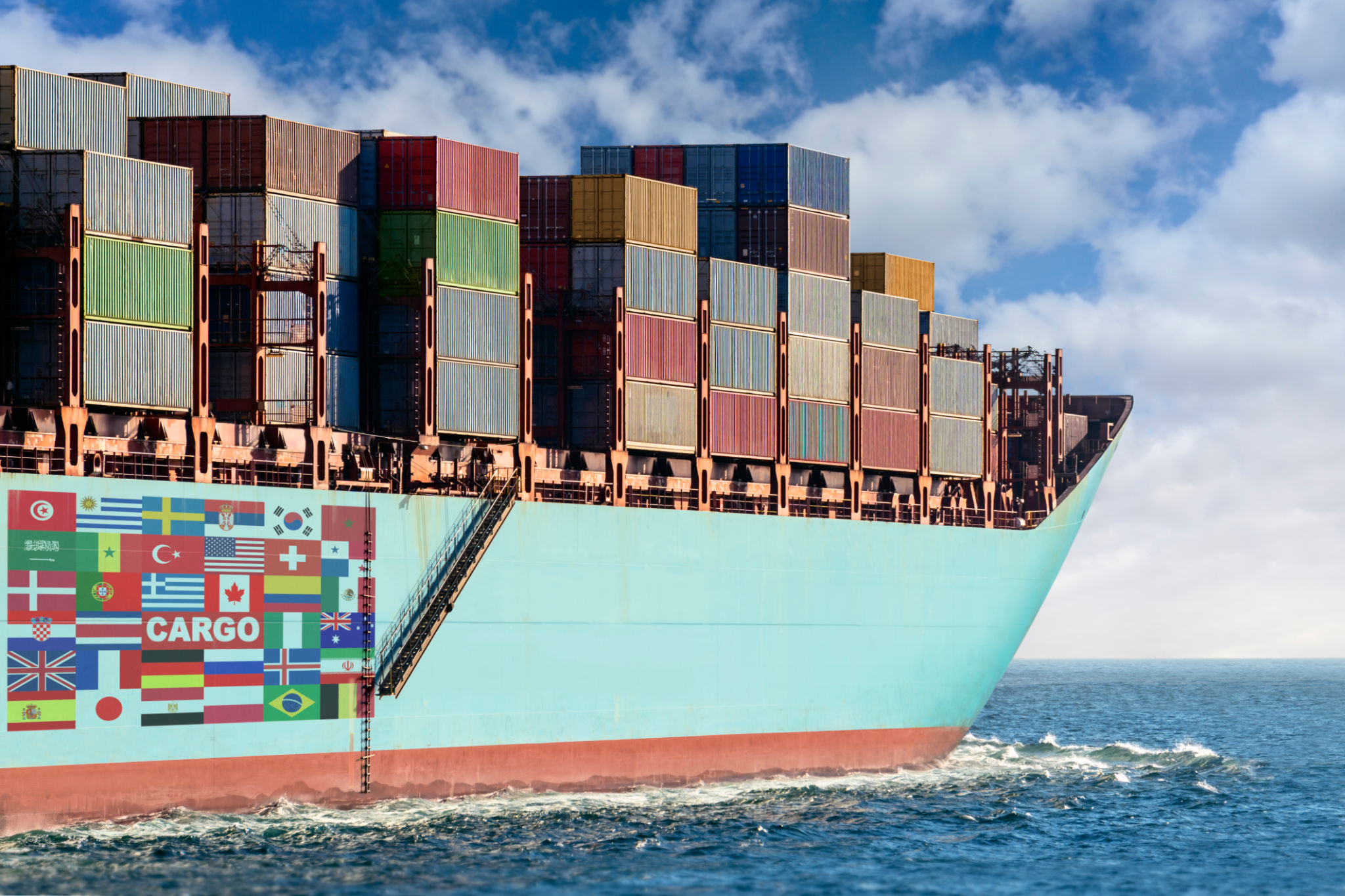Building a Resilient Distribution Network Post-Crowdfunding in Japan
Understanding the Post-Crowdfunding Landscape in Japan
After a successful crowdfunding campaign, businesses in Japan often face new challenges, particularly in terms of distribution. The excitement of reaching funding goals can quickly turn to stress when it comes to fulfilling orders and scaling operations. Building a resilient distribution network is crucial to capitalize on initial success and sustain business growth.
Crowdfunding platforms like Makuake and Campfire have provided a launchpad for many startups in Japan, allowing them to test markets and gain early traction. However, transitioning from a crowdfunding model to a fully operational business involves careful planning and execution. This phase requires a robust strategy to manage logistics, supply chain, and customer service effectively.

The Importance of Local Partnerships
One of the most effective strategies for building a resilient distribution network in Japan is forming strong local partnerships. Collaborating with local distribution centers and logistics companies can help navigate the unique market dynamics and regulatory environment of the country. These partnerships can provide critical insights into local consumer behavior and preferences.
Local partners can also offer valuable resources such as warehousing facilities and last-mile delivery services, reducing the burden on your team. Additionally, leveraging their established networks can enhance your reach and improve delivery times, ensuring customer satisfaction and repeat business.

Optimizing Supply Chain Management
Effective supply chain management is at the heart of a resilient distribution network. In Japan, this involves balancing efficiency with quality, as consumer expectations are high. To achieve this, businesses should invest in technology solutions that provide real-time data on inventory levels, shipment status, and customer feedback.
Implementing an integrated supply chain management system can streamline operations and reduce bottlenecks. Automation tools can further enhance efficiency by minimizing human errors and speeding up processes. By doing so, businesses can maintain the agility needed to respond to market changes swiftly.

Leveraging Technology for Distribution Efficiency
Technology plays a pivotal role in optimizing distribution networks post-crowdfunding. From logistics software to track shipments to AI-driven analytics for demand forecasting, technology can provide a competitive edge. Embracing these tools allows businesses to anticipate market trends and adjust their distribution strategies accordingly.
Moreover, e-commerce platforms that integrate seamlessly with your distribution system can expand your reach beyond traditional retail channels. By adopting a multichannel approach, businesses can tap into new customer segments and increase sales opportunities.
Adapting to Consumer Expectations
Japanese consumers are known for their discerning tastes and high expectations regarding product quality and service levels. Meeting these expectations is crucial for building brand loyalty and ensuring long-term success. Providing transparent communication about shipping times, handling returns efficiently, and offering excellent customer service are vital components of a successful distribution strategy.
Investing in customer relationship management (CRM) systems can help businesses better understand their audience and tailor their approach to meet their needs. Personalized experiences and prompt responses to inquiries can differentiate your brand in a competitive market.

Preparing for Future Growth
A resilient distribution network is not static; it must evolve as your business grows. Regularly reviewing and adjusting your distribution strategy will ensure it remains aligned with your business goals and market demands. This proactive approach can help mitigate risks and seize new opportunities as they arise.
Ultimately, building a resilient distribution network post-crowdfunding in Japan requires a comprehensive strategy that integrates local insights, technological advancements, and a strong focus on consumer satisfaction. By prioritizing these elements, businesses can lay the foundation for sustainable growth and success in the Japanese market.